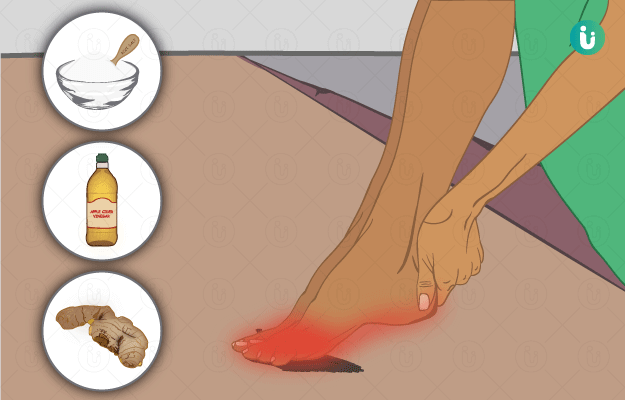Blood is one of the most crucial tissues of the human body. The network of blood vessels connects the whole body, making it work as a single unit. Not only is it responsible for transferring essential nutrients and minerals throughout the body but also it also aids in the elimination of wastes. WBCs and antibodies present in the blood protect the body from various infections and diseases. Some other functions of blood include:
- Taking oxygen from the lungs and providing it to various parts of the body.
- Maintaining the body temperature and electrolyte balance.
- Transporting hormones to the target organs.
Additionally, blood platelets clot the blood and make sure that you don’t bleed out after an injury.
Lifestyle, environment and dietary influences may lead to the accumulation of certain toxic substances in the blood. These could be free radicals, heavy metals or infectious bacteria. It could also include waste products that collect in the blood due to the malfunctioning of body organs, particularly lungs, liver and kidney.
These three organs are primarily responsible for purifying and cleansing blood. While liver detoxifies blood by removing harmful chemical compounds and making them pass out with urine, kidneys filter the blood and remove excess waste. Lungs, on the other hand, aid in keeping the blood oxygenated and removing harmful gasses from the bloodstream.
Apart from this, the spleen is responsible for filtering dead RBCs and providing white blood cells to fight infections.
While certain herbs and food sources may be beneficial in improving the functions of these organs along with providing antioxidant and antimicrobial components to fight infections, a dietary path isn’t enough for blood purification in the long term. Several exercises, yoga postures and pranayama have also been known to be excellent alternate therapies as they help in promoting overall body function.
In the course of this article, we’ll explore various ways, foods, methods, techniques and holistic approaches to help purify the blood.









































